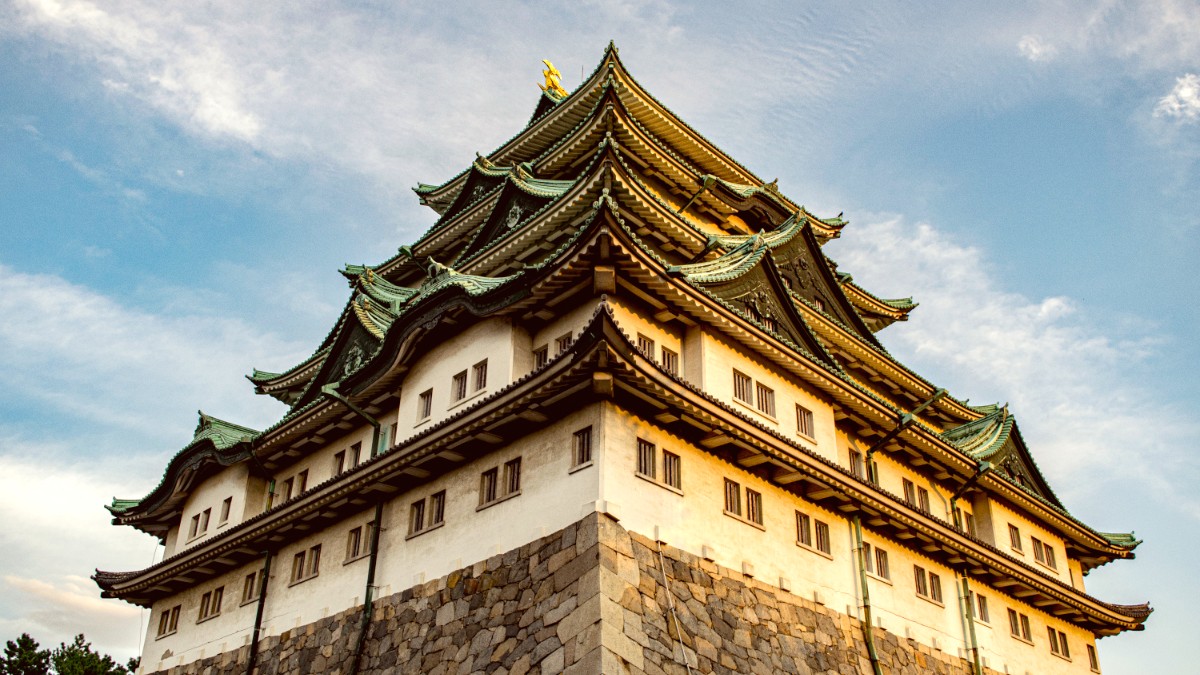
Central Honshu, Japan
Nagoya serves as a significant cultural and industrial hub in Japan. Its attractions reflect a blend of feudal history, modern engineering marvels, and serene green spaces.
The city provides diverse experiences, from exploring historic castles and shrines to delving into automotive and railway history, making it a destination for visitors.
A place of deep spiritual significance and natural beauty.
Nagoya's museums present deep dives into science, art, history, and industry, presenting educational and engaging experiences.
One of Japan's leading science museums, housing one of the world's largest planetariums. Features interactive exhibits across various fields. Admission: ¥800 (exhibition + planetarium). Planetarium tickets often sell out quickly; arrive early.
Houses an impressive collection of treasures from the Owari Tokugawa family, including samurai armor, swords, and tea ceremony utensils. Admission: ¥1,400. Adjacent Tokugawa Garden is ¥300.
Chronicles Toyota's history from textile machinery to automotive giant. Features highly interactive exhibits and live demonstrations. Admission: ¥500.
Showcases high-speed rail technology, including a Maglev train and various Shinkansen bullet trains. Features railway simulators. Admission: ¥1,000. Located near Kinjo-Futo Station.
A unique art museum focusing on French art from the Rococo period to Art Deco, featuring paintings, sculptures, and decorative arts. Check their website for current exhibitions.
Features exhibits on the history and culture of Nagoya and Aichi Prefecture, including archaeological artifacts and historical documents.
A prominent Buddhist temple in the lively Osu district. Home to a significant collection of old Japanese and Chinese texts. Grounds host a lively flea market on the 18th and 28th of each month. Admission is free.
A beautiful, spacious traditional Japanese landscape garden representing a stream flowing into the sea. Features a large pond, waterfalls, bridges, and a traditional tea house. Admission: ¥300.
A historic townscape outside central Nagoya, famous for Arimatsu Shibori (tie-dyeing). Traditional Edo-period merchant houses line the old Tokaido road, featuring shops and workshops. Access by Meitetsu train.
Nagoya's historical sites exhibit glimpses into its past as a powerful feudal domain and a resilient modern city. Beyond the main castle and shrine, other locations tell important stories.
Nagoya presents several green spaces and natural features for relaxation and enjoyment within or near the urban environment.
From sprawling botanical gardens to tranquil city parks, these locations offer a refreshing escape from the city bustle.
One of Japan's largest zoos, combined with extensive botanical gardens. The zoo houses a wide variety of animals, while the gardens feature themed sections and a large greenhouse. Admission: ¥500.
A large urban park surrounding Nagoya Castle. A popular spot for locals for walks, picnics, and enjoying seasonal flowers. Features a large pond and various flowerbeds that bloom throughout the year. Free entry.
While Nagoya itself is a major port city without central public swimming beaches, nearby coastal areas along Ise Bay feature beaches. The Shōnai River flows through the city, with riverside walking paths.
Adjacent to the Tokugawa Art Museum, this traditional Japanese landscape garden features a large pond, waterfalls, and bridges. It transforms beautifully with each season.
Explore Garden ToursA tranquil garden designed to represent a stream flowing into the sea. Features a traditional tea house (Seiu-tei) for tea ceremonies, a peaceful escape.
Book Tea CeremonyExtensive botanical gardens with various themed sections, including a traditional Japanese garden and a large greenhouse. Ideal for nature lovers.
Discover Botanical ToursSurrounding Nagoya Castle, this large urban park presents flowerbeds that bloom throughout the year, including tulips, hydrangeas, and cherry blossoms in spring.
Find Park ActivitiesLocated within the Higashiyama Zoo and Botanical Gardens, this tower features an observation deck with panoramic views of Nagoya, a perfect photo spot.
View City SkylinesA small, beautifully preserved historic merchant district that escaped WWII bombings. Traditional warehouses (Kura) and Edo-period merchant houses line the narrow streets.
One of Nagoya's oldest covered shopping arcades, presenting a distinctly nostalgic, retro atmosphere. It features a mix of traditional local shops, eateries, and some newer, trendy establishments.
These hidden gems present a connection to Nagoya's local character and history.
They offer a quieter, more intimate perspective compared to the main tourist sites, perfect for those who seek authentic local experiences.
Venture beyond the main tourist circuit to discover some of Nagoya's charming, lesser-known spots, each with its unique appeal.
A small, free museum demonstrating old Nagoya subway and tram cars. It presents a nostalgic look at the city's public transport history. Visitors can step inside some of the old vehicles.
A unique art museum focusing on French art from the Rococo period to Art Deco. It houses a collection of paintings, sculptures, and decorative arts from the 18th to early 20th century. The museum building itself is modern and well-designed.
While an airport, Centrair offers more than just flights. It features a Sky Deck with views of planes and ships, a hot spring bath (Fū no Yu) with runway views, and various shopping and dining options.
A great spot for plane enthusiasts or a relaxing pre-flight experience.
One of Japan's largest aquariums, divided into two main zones: North and South. The North building focuses on marine mammals like killer whales and dolphins, while the South building features a journey from the "Japanese Sea" to the "Antarctic Sea."
A family-friendly attraction located in the Nagoya Port area, accessible via subway.
A fantastic family attraction demonstrating diverse marine life from around the world. It features a giant main tank, dolphin shows, and a comprehensive collection of species from temperate and polar regions.
Consider combining a visit with other attractions in the Port of Nagoya area, like the Fuji Antarctic Museum.
Utilize Nagoya's excellent subway system to navigate between attractions efficiently. Day passes are often economical.
Group nearby attractions together (e.g., Oasis 21 and Nagoya TV Tower, or Tokugawa Art Museum and Garden) to save time.
Always verify opening hours and closed days, especially for museums and gardens, as these often close on Mondays or specific holidays.